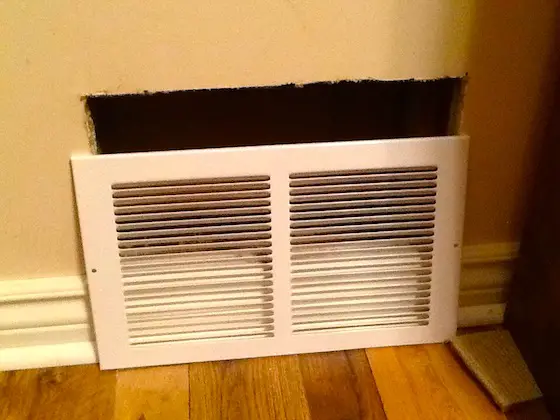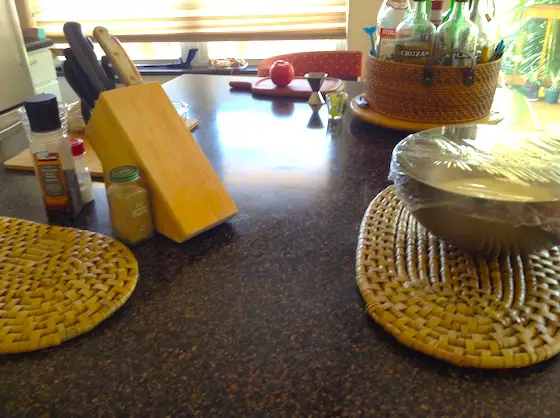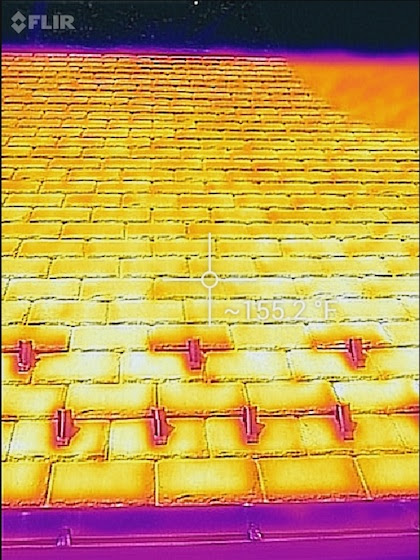A few days ago, I was blessed to receive a simple one-line email reply to one of my newsletter blasts.
I get great emails all the time and you may be one who invests the time to send me some jewel from your fingertips or voice-recognition software.
It came from Art Ralston. Here's what he sent:
"One of the things I like about you is your zest for life."
Thanks Art!
That zest comes from one thing and if you want zest in your life you can make it happen with very little effort.
It's all about this one word.
Attitude
I believe I have my mom to thank for it. When I reach back deep into my memories, I can trace my attitude to long-ago events.
I played outdoors with great intensity. I looked forward to delivering the papers on my afternoon Post & Times Star route. A great attitude about schoolwork took longer to develop. That happened in college.
Better late than never.
My mom was a go-getter. She was the bread winner in our family because my dad suffered horribly from deep depression caused by his WW II experience as a medic and being a POW.
About twenty years ago, I found on the floor of my local post office a lapel pin that sits right in front of me at my desk.
I don't know that I need the reminder, but I love the pin.
That's a photo of it above.
This same sentiment was expressed by the character Andy in the movie Shawshank Redemption when he said:
"I guess it comes down to a simple choice. Get busy living or get busy dying."
I'm busy living and you should be too.
If part of your living is going to be getting serious about home improvement projects then click the following button.
| . |
| CLICK HERE and go on a Magical Mystery Tour that will delight your eyes. Be Inspired! |
| . |
Milwaukee MX4 Masonry Drill Bit
I received some new Milwaukee MX4 drill bits to test.
These have four pure carbide tips oriented at 90 degrees to one another as well as a centering tip.
The four tips prevent the violent lockup a hammer drill can experience when it encounters steel rebar in concrete.
These are SDS Plus bits and they have a great design in the twisted flutes to rapidly eject the concrete dust and grit from the hole.
They come in a variety of sizes and lengths.
You'll love them!
CLICK HERE to buy one now.
| . |
| MYSTERY LINK!!!! CLICK HERE and see if your ESP allowed you to guess it correctly. |
| . |
New Q & As for You - You Rascal!
Mario's HOT Mobile Home in San Diego
Dion's Bahama Formica Dilemma - Shiny Finish!
That's enough for a Sunday.
I'm off to church in an hour, then I'll be up on the roof the rest of the day if the rain holds off.
Tim Carter
Founder - www.AsktheBuilder.com
Do It Right, Not Over!









